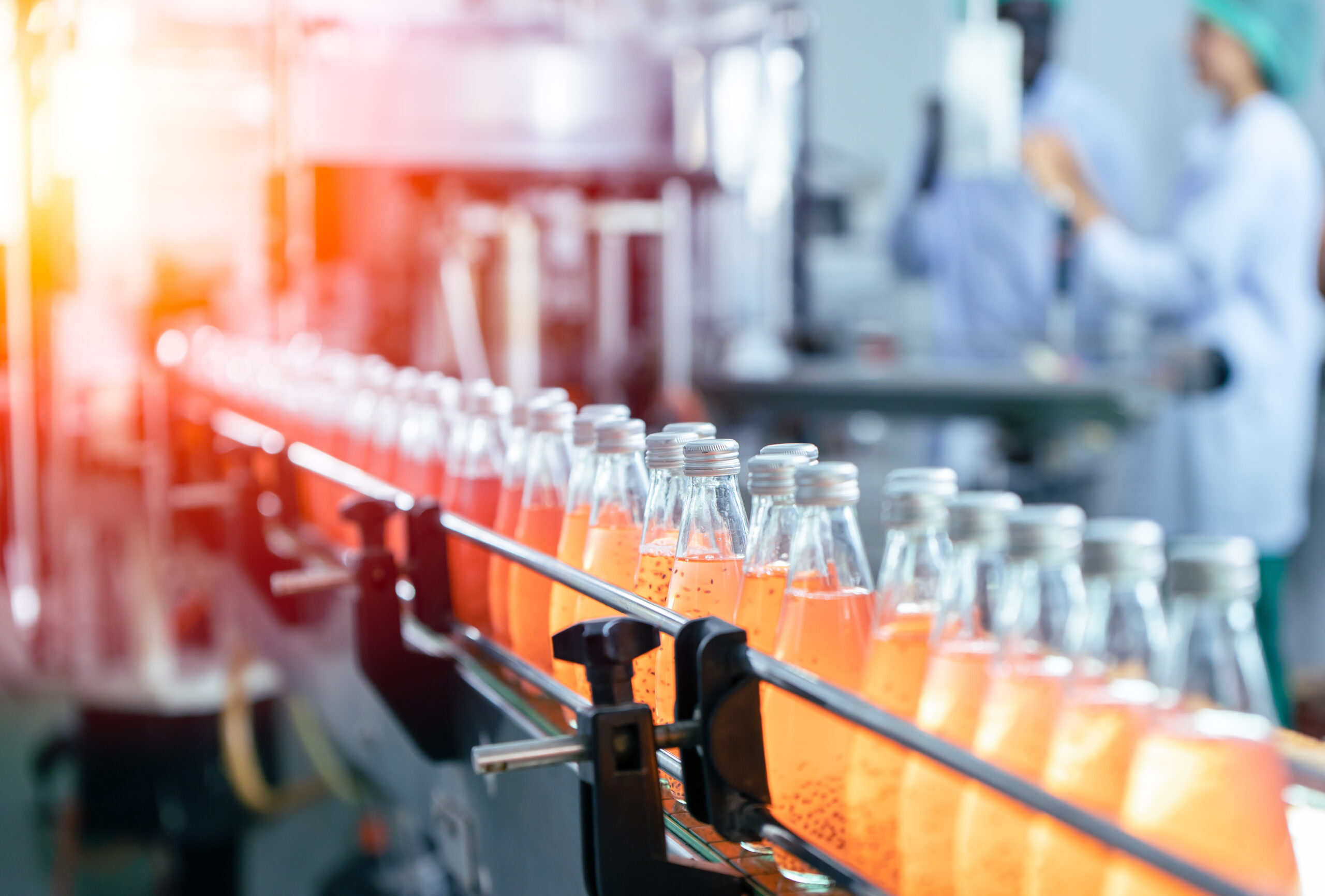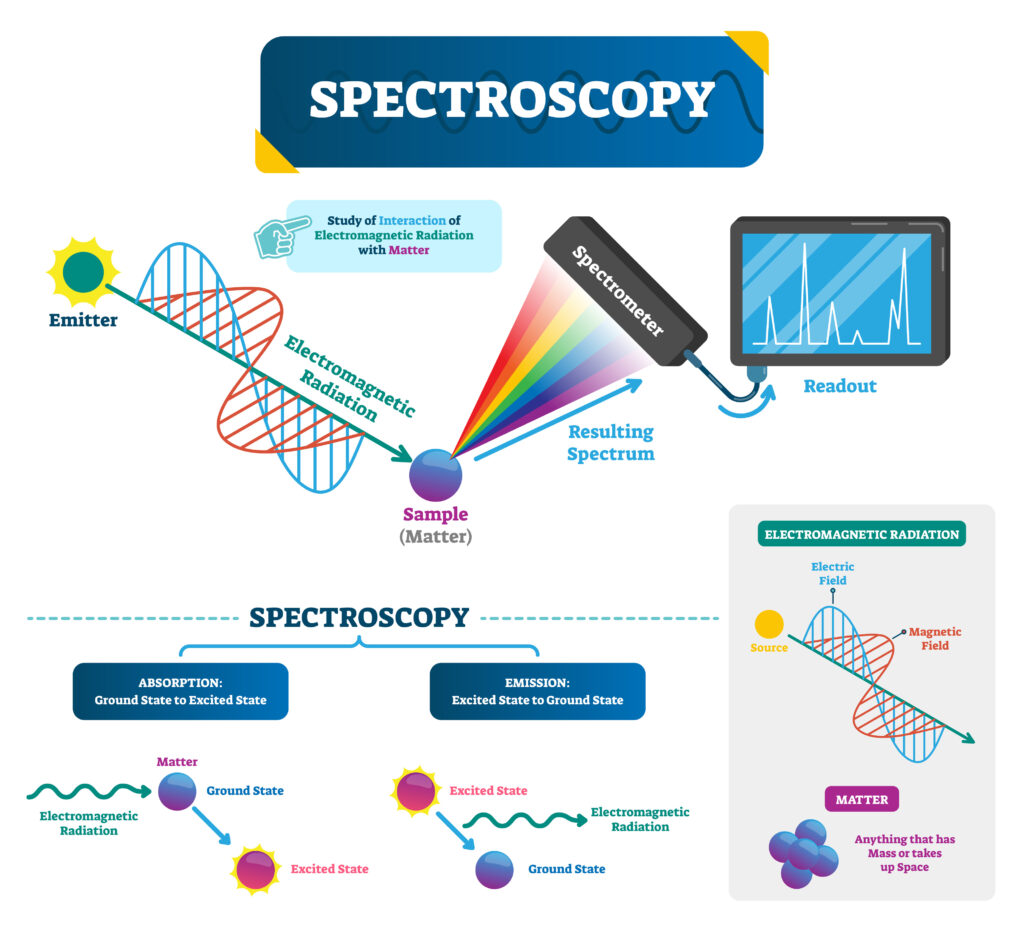The molecular spectroscopy technique known as Raman spectroscopy relies on the inelastic scattering of monochromatic light in molecular structures. The molecules' excitation states are altered by the incident laser light, and as a result, the molecules produce light at different wavelengths in relation to the excitation wavelength (called Stokes or Anti-Stokes shifts). Every substance has a unique Raman spectrum. Because of this, the presence and composition of different chemicals can be detected and quantified using Raman scattering.
Raman spectroscopy is ax non-destructive technique, which means that it does not damage or alter the sample in any way. It is also a non-contact technique, which means that it can be used to analyze samples without coming into physical contact with them. This makes Raman spectroscopy an ideal technique for analyzing delicate or sensitive samples.





